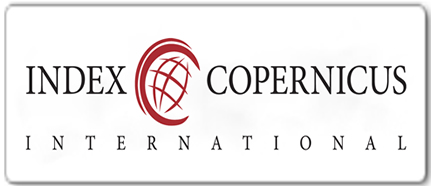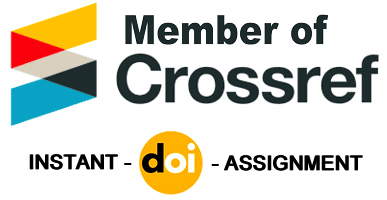JOB SATISFACTION, HUMAN RELATIONS SKILLS AND MODERN COMMUNICATION EQUIPMENTS AS DETERMINANT OF SECRETARIES JOB PERFORMANCE IN PUBLIC UNIVERSITIES IN OGUN STATE
DOI:
https://doi.org/10.5281/zenodo.16843248Keywords:
Human relations skills, job performance, job satisfaction, modern communications equipment, secretariesAbstract
This study assessed the extent at which job satisfaction, human relations skills and modern
communications equipment influence the job performance of secretaries in public universities in
Ogun State, Nigeria. The descriptive research design of survey type was adopted. Two
hypotheses guided the study while a sample of 150 secretaries was determined using Cochran
(1997) formula. Structured questionnaires were used to collect data from the respondents.
Inferential statistic of Multiple regression was adopted to test the formulated null hypothesis at
0.05 level of significant. The findings revealed that job satisfaction, human relations skills, and
the use of modern communication equipment jointly have a statistical significant effect on the
job performance of secretaries (R = 0.744, R2 = 0.554, F = 53.314; p = .000 < 0.05). The relative
influence of the predictors on the criterion variable shows that job satisfaction (β = 0.555; t =
8.812; p < 0.05) is the most potent factor followed by human relations skills (β = 0.463; t =
7.193; p < 0.05) and modern communications equipment (β = -0.157; t = -2.306; p < 0.05). It
was concluded that effective and efficient functioning of secretaries and office administrators
requires the availability of technological tools, better job satisfaction and human relation skills. It
is recommended, among others, that public tertiary institutions in Ogun State and similar
organisations should make the acquisition and adoption of technological innovation a policy and
culture issue to enhance the performance of their secretaries and facilitate service delivery.
Downloads
Downloads
Published
Issue
Section
License
Copyright (c) 2025 Babcock University Journal of Education

This work is licensed under a Creative Commons Attribution 4.0 International License.













